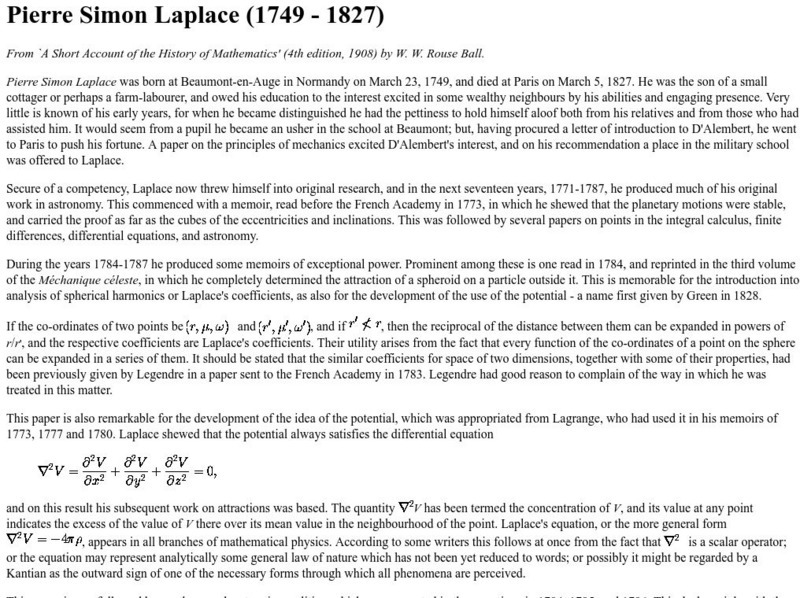Hi, what do you want to do?
Curated OER
Water: On the Surface and in the Ground
Young scholars explore the differences between surface water and ground water. They collect data using maps and graphs and investigate a Texas river basin and a nearby aquifer. They complete a written report including maps and data...
Curated OER
Inequalities Compound Fram
Learners practice graphing compound inequalities. They draw a Venn Diagram on two different sports visualizing that their is a middle section on commonality among the two sports groups and then relate that concept to compound inequalities.
Curated OER
Grandpa's Social Security
Students examine social security and how the process works at different ages.In this retirement lesson plan students determine how long a retired person has to live to get the same benefits at different ages.
Curated OER
Graphing Linear Equations - With Table
Students describe relations and graph linear functions. After studying a geometric shape and a verbal statement, students contrast the differences between the verbal statement and the picture. They determine functions and graph...
Curated OER
Solve for Scale Factors Using Proportions
Eighth graders solve problems using proportions with scaled drawings. They work with maps and blue-prints discussing scales and plans and examine different polygons and figure out the scale factors or proportions they have been changed by.
Curated OER
Raising Cane: Building a Cane Flute From Scratch
Eighth graders create their own cane flute. They use a model flute to gain the correct measurements and use the scientific method to construct the flute to have sound quality and pitch accuracy.
University of St. Andrews (UK)
University of St. Andrews: Biography of Thomas Muir
The School of Mathematics and Statistics of St. Andrew's University provides biographical information on the mathematical career of Thomas Muir. Included are links to other famous individuals with whom he worked and links to his topics...
University of St. Andrews (UK)
University of St. Andrews: Biography of Jacob Bernoulli
The School of Mathematics and Statistics of St. Andrew's University provides biographical information on the mathematical career of Jacob Bernoulli. Included are links to other famous individuals with whom he worked and links to his...
University of St. Andrews (UK)
University of St. Andrews: George Peacock
The distributive property is one of Peacock's discoveries. He divided algebra into two categories, arithmetical algebra and symbolic algebra.
Trinity College Dublin
Trinity College: Pierre De Fermat (1601 1665)
The events of the life of Pierre de Fermat are presented in a timeline form. The biographical information is taken from "A Short Account of the History of Mathematics" by W. W. Rouse Ball (4th Edition, 1908).
Trinity College Dublin
Trinity College: Pierre Simon Laplace (1749 1827)
The events of the life of Pierre Laplace are presented in a timeline form. The biographical information is taken from "A Short Account of the History of Mathematics" by W. W. Rouse Ball (4th Edition, 1908).
Trinity College Dublin
Trinity College: Abraham De Moivre (1667 1754)
The events of the life of Abraham de Moivre are presented in a very abbreviated timeline form. The biographical information is taken from "A Short Account of the History of Mathematics" by W. W. Rouse Ball (4th Edition, 1908).
Trinity College Dublin
Trinity College: James Bernoulli (1654 1705)
The events of the life of James Bernoulli are presented in an abbreviated timeline form. The biographical information is taken from "A Short Account of the History of Mathematics" by W. W. Rouse Ball (4th Edition, 1908).

















